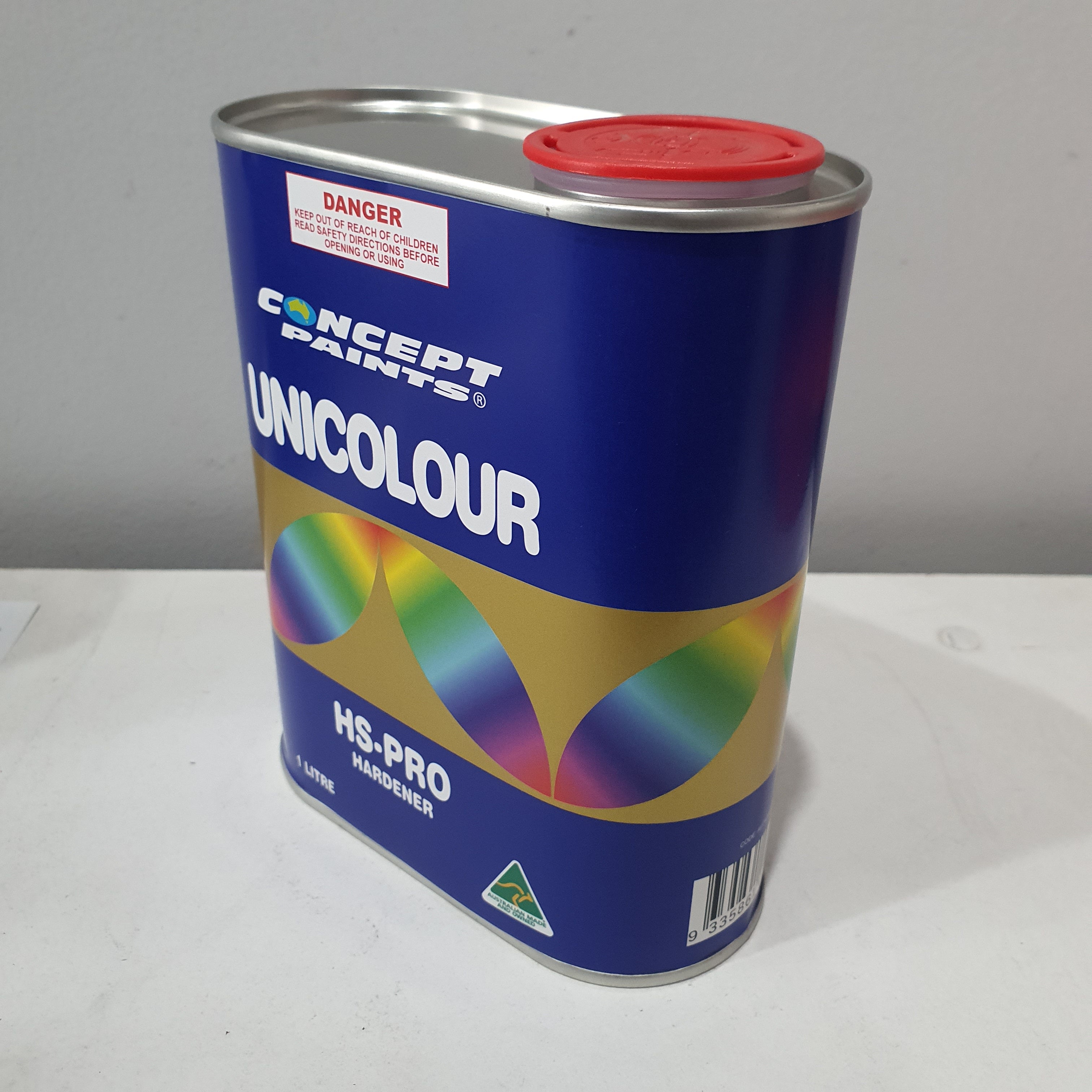Unveiling the Artistry of Car Paints: Beyond Colors and Coats
Car paints may seem like a mundane aspect of automotive design, but they are a vital element that blends functionality with aesthetics. Beyond merely providing color, car paints contribute to vehicle protection, durability, and even environmental sustainability. In this article, we delve into the world of car paints, exploring their evolution, technological advancements, and their significance beyond the surface.
The Evolution of Car Paints:
From the early days of automotive manufacturing, car paints have undergone a remarkable evolution. Initially, paints were simple coatings applied for basic protection against corrosion and rust. However, as automotive design became more sophisticated, so did the paints. The introduction of metallic and pearlescent finishes in the mid-20th century revolutionized the industry, offering consumers a wide array of color choices and aesthetic possibilities.
Technological Advancements:
In recent decades, technological advancements have transformed the landscape of car paints. One significant development is the shift towards water-based paints, which are more environmentally friendly compared to traditional solvent-based paints. These paints release fewer volatile organic compounds (VOCs), reducing air pollution and minimizing health risks for painters and consumers alike.
Furthermore, advancements in nanotechnology have led to the development of ceramic coatings that provide superior protection against scratches, UV radiation, and chemical damage. These coatings create a hydrophobic surface, repelling water and dirt and making maintenance easier for car owners.
The Significance Beyond Aesthetics:
While car paints undoubtedly contribute to the visual appeal of vehicles, their significance goes beyond mere aesthetics. High-quality paints act as a protective barrier, shielding the underlying metal from corrosion, rust, and environmental damage. This extends the lifespan of the vehicle and helps maintain its resale value.
Moreover, certain specialty paints, such as thermochromic and photochromic finishes, serve functional purposes beyond visual appeal. Thermochromic paints change color in response to temperature variations, providing a visual indication of overheating components. Photochromic paints, on the other hand, darken in response to UV radiation, offering enhanced protection against sun damage.
Customization and Personalization:
In recent years, there has been a growing trend towards customization and personalization in the automotive industry. Car paints play a crucial role in this trend, allowing consumers to express their individuality and style through unique color schemes, matte finishes, or even intricate designs. Whether it's a classic restoration project or a modern supercar, the right choice of paint can elevate the vehicle from ordinary to extraordinary.
Challenges and Future Trends:
Despite the advancements in car paint technology, challenges remain. Environmental concerns continue to drive research into eco-friendly alternatives, while the automotive industry's shift towards electric vehicles poses new challenges for paint adhesion and durability.
Looking ahead, future trends in auto paints are likely to focus on sustainability, durability, and smart coatings. Researchers are exploring novel materials and application methods to create paints that are not only environmentally friendly but also self-healing and capable of adapting to changing conditions.

Comments
Post a Comment